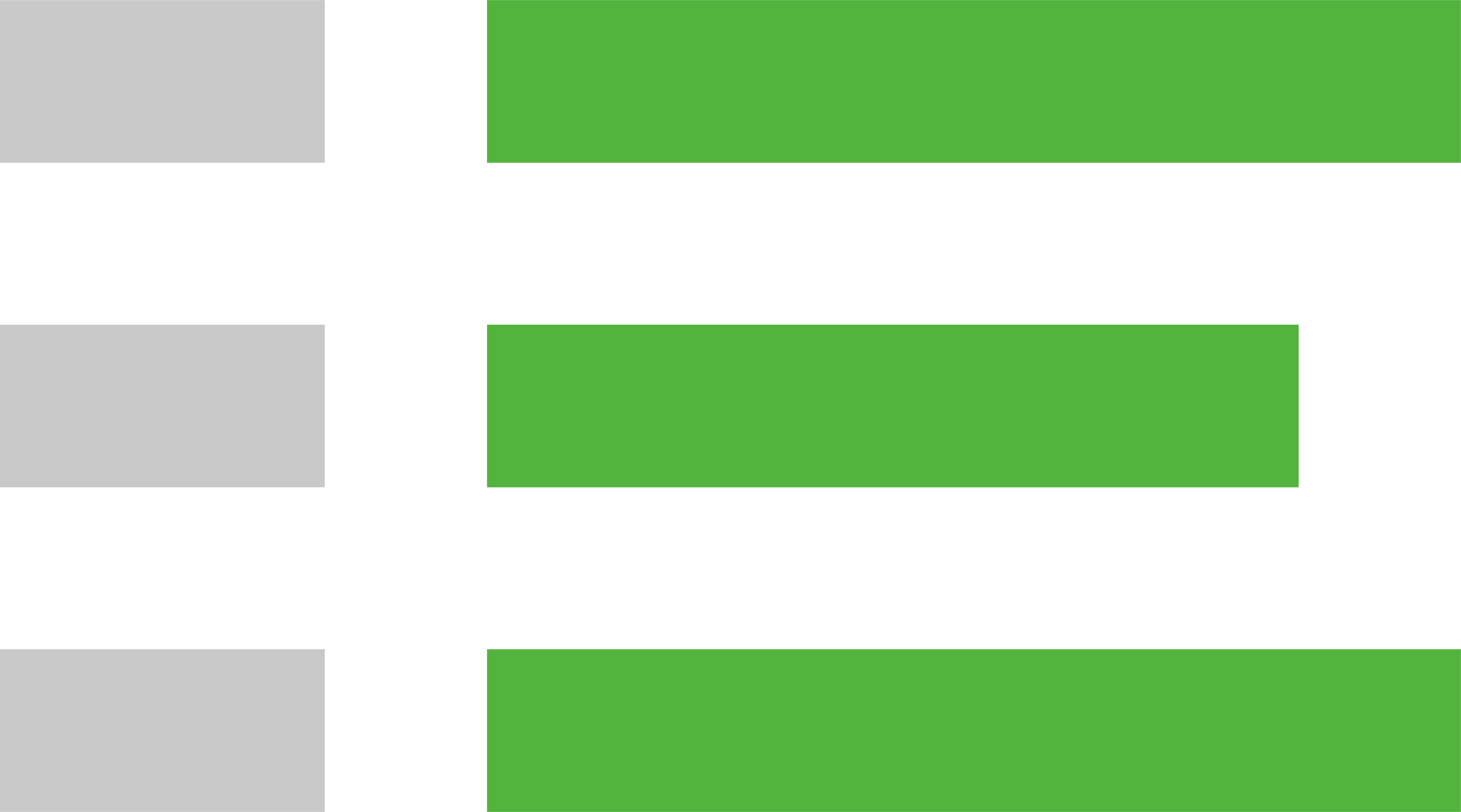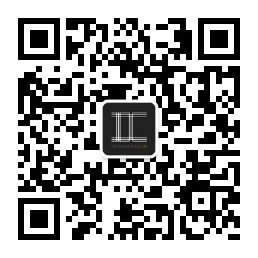- All
- Product Management
- News And Information
- Presentation
- Enterprise Branch
- FAQ
- Enterprise Video
- Enterprise Atlas
FAQ
 How do photovoltaic cells generate electricity?
How do photovoltaic cells generate electricity?
A photovoltaic cell is a semiconductor device with the ability to convert light into electricity. It directly transforms solar radiation into direct current (DC) electricity and is the most fundamental unit of photovoltaic power generation. The unique electrical properties of photovoltaic cells are achieved by doping certain elements (such as phosphorus or boron) into crystalline silicon. This doping process creates a permanent imbalance in the molecular charges of the material, forming a semiconductor with special electrical characteristics. When exposed to sunlight, this semiconductor generates free charges, which move directionally and accumulate, producing electrical energy when the circuit is closed at both ends. This phenomenon is known as the "photovoltaic effect."
 What are the differences between the 4-in-1 series microinverters, the 2-in-1 series, and the 1-in-1 series microinverters?
What are the differences between the 4-in-1 series microinverters, the 2-in-1 series, and the 1-in-1 series microinverters?
The 1-in-1 seriesmicroinverter can only connect one PV panel, the 2-in-1 series can connect two PV panels, and the 4-in-1 series microinverter can connect four PV panels.
 How to ensure the life of the 4-in-1 series microinverters, the 2-in-1 and 1-in-1 series microinverters?
How to ensure the life of the 4-in-1 series microinverters, the 2-in-1 and 1-in-1 series microinverters?
①Due to the internal power consumption of microinverters being proportional to their power generation, the 4-in-1 series microinverters generate more heat than the 2-in-1 and 1-in-1 series microinverters. In the past, some installers were concerned that the higher heat generation of microinverters might shorten their lifespan. However, with excellent design and manufacturing of modern microinverters, this issue is now rare.
②The lifespan of microinverters depends on their internal electrolytic capacitors. To protect these capacitors, Invertechs installs them in the area with the lowest temperature rise inside the microinverter through comprehensive thermal design. This adjustment ensures the longevity of the microinverter, giving users peace of mind.
③Invertechs microinverters have undergone a series of tests and obtained global certifications. Their products exhibit stable performance and a wide range of applications.
 " What are the usage scenarios for the 4-in-1 series, 2-in-1 series, and 1-in-1 series microinverters? If you are undecided about which of these three types of microinverters to choose, you may need to consider the following questions:"
" What are the usage scenarios for the 4-in-1 series, 2-in-1 series, and 1-in-1 series microinverters? If you are undecided about which of these three types of microinverters to choose, you may need to consider the following questions:"
①Is the installation time tight?
The wiring for each 4-in-1 series microinverter is slightly more complex, so the installation time for a single unit is a bit longer. However, installing one 4-in-1 series microinverter generally takes less time than installing four 1-in-1 series microinverters.
②Are you looking for a more cost-effective option?
In most cases, purchasing one 4-in-1 series microinverter is more economical than buying four 1-in-1 series microinverters. Installers sometimes worry that connecting all the PV modules around a 4-in-1 series microinverter might require more DC extension cables, increasing costs.
Often, installing a 4-in-1 series microinverter doesn't require any additional DC extension cables. Even if it does, DC extension cables are typically affordable, and the overall cost of installing a 4-in-1 series microinverter is generally more cost-effective.
③When is the 1-in-1 series microinverter more suitable?
In some situations, the 4-in-1 series microinverter may not always be the best choice, such as when the PV system uses AC modules.
Additionally, if the roof cannot accommodate more than two or three PV modules, there is no need to install a 4-in-1 series microinverter. In such cases, the 1-in-1 or 2-in-1 series microinverter is more appropriate.
Moreover, the 4-in-1 series microinverter needs to be installed close to the PV modules it connects to. In most cases, this is not an issue; but if the roof structure is very complex, such as having an irregular shape or many protruding vents and chimneys, installing a 4-in-1 series microinverter might not be feasible. In such cases, the 1-in-1 or 2-in-1 series microinverter is more suitable.
 What is MLPE (Module-Level Power Electronics) technology?
What is MLPE (Module-Level Power Electronics) technology?
Module-level power electronics, as the name suggests, are electronic devices at the module level. This technology encompasses various aspects, including power electronics, semiconductor devices, communications, cloud computing, and high-reliability manufacturing.
 Advantages of Microinverters Compared to String Inverters.
Advantages of Microinverters Compared to String Inverters.
Microinverters are extremely well-suited for residential solar power systems and have been widely adopted both domestically and internationally.
①Space-Saving and Aesthetic: Unlike traditional inverters, microinverters are attached directly to the back of the solar panels, not only adding a high-tech appeal but also saving home space.
②Safety: Microinverter systems use a parallel circuit design, eliminating the high-voltage DC electricity present in series systems on rooftops. This reduces the risk of fire caused by high-voltage DC arcing, making them safer for residential rooftops.
③Increased Efficiency: The parallel circuit design of microinverter AC systems means that partial shading, dust, or leaves on solar panels do not create a bottleneck effect. This eliminates mismatch issues caused by different orientations and angles of the panels, significantly increasing power generation by 5% to 25%. This makes them ideal for applications in urban villas and new rural homes.
④Real-Time Monitoring: Microinverters come with WiFi communication capabilities, allowing real-time monitoring of parameters such as power output (voltage, current, frequency) and device temperature for each solar panel. Using WiFi, this information is uploaded to global servers via the internet, enabling users to monitor the performance of each solar panel from anywhere with an internet connection.
⑤Flexibility: The parallel design feature of Envertech microinverters allows each solar panel to operate independently. This provides great flexibility for disassembly, modification, and expansion of balcony spaces and rooftops.
 Is microinverter technology safe?
Is microinverter technology safe?
Introducing a Concept:
①High Voltage DC: Photovoltaic systems using string/centralized inverters have each string composed of several or even dozens of solar modules connected in series, resulting in 600V-1500V of high voltage DC in the system. High voltage DC is the direct cause of DC arcing. According to relevant data, DC arcing accounts for 52% of photovoltaic fire causes.
②Safety of Microinverter Technology: Microinverter technology employs a fully parallel circuit design, eliminating voltage stacking between modules. The DC voltage is less than 60 volts (not exceeding the maximum output DC voltage of the module), completely mitigating the risk of fires caused by high voltage DC arcing. It also addresses the issue of photovoltaic systems obstructing rescue efforts in the event of a house fire.
 What are the requirements for installing a solar roof?
What are the requirements for installing a solar roof?
Based on factors such as the roof area, material, structure, orientation, etc., a comprehensive assessment is conducted. For example, in Xiamen, it's optimal to have an unobstructed south-facing roof. The system design is tailored based on the customer's electricity consumption.
 Is it difficult to apply for grid connection and subsidies for installing solar energy systems?
Is it difficult to apply for grid connection and subsidies for installing solar energy systems?
After preparing the necessary documents, homeowners submit a grid connection application to the local customer service center of the State Grid Corporation. Upon approval, the grid operator installs a smart meter, signs a power purchase and dispatching agreement, completes grid connection inspection and commissioning, and ultimately enables grid-connected electricity generation.
 What should be done if the generated electricity is not fully consumed? How can surplus solar power be sold back to the grid?
What should be done if the generated electricity is not fully consumed? How can surplus solar power be sold back to the grid?
Sign a power purchase and sale agreement with the grid company. The grid company meters the surplus electricity that is fed back into the grid, and according to national regulations on pricing and subsidy standards, pays for it according to the electricity billing cycle. Currently, the feed-in tariff in China is 0.39 CNY/kWh.

















